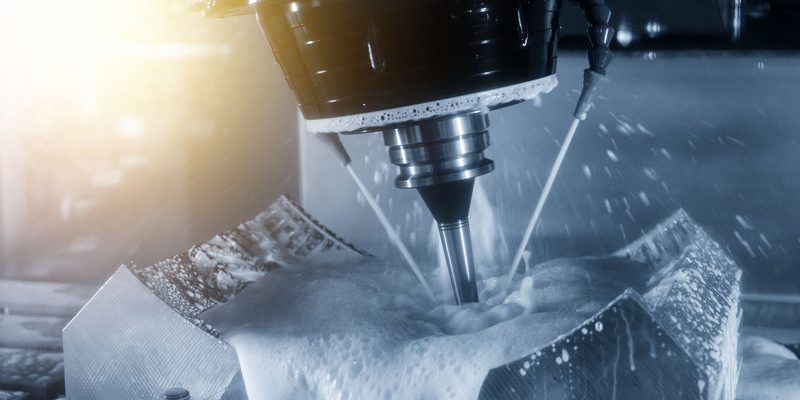How to solve the problem of excessive polishing in CNC precision machining
In CNC precision machining, polishing is a very important process in hardware processing. It is related to the quality and life of the parts, and also determines the quality of the product. Mastering the working principle and process of polishing and choosing a reasonable polishing method can improve the quality and life of the mold, thereby improving the quality of the product
A common polishing problem is overpolishing, which can be broken down into two categories: “orange peel” and “pitting”. Here’s a small editor sharing with you how to fix this over-polishing problem.
Over-polishing means that the longer the polishing time, the poorer the quality of the mold surface. There are two phenomena of overpolishing: “orange peel” and “pitting”. Overpolishing mainly occurs in mechanical polishing.
Why is “orange peel” appearing on the workpiece?
In CNC precision machining, the irregular rough surface is called “orange peel”. There are many reasons for “orange peel”. The most common cause is overheating or excessive carburization of the mold surface. The polishing pressure is too high and the polishing time is too long. The main cause of “orange peel”. For example: buffing wheel polishing, the heat generated by the buffing wheel can easily cause “orange peel”. Harder steels can withstand higher polishing pressures, while relatively softer steels are prone to overpolishing. Research has shown that the timing of overpolishing will depend on the hardness of the steel.
How to Get Rid of “Orange Peel”
In CNC precision machining, when it is found that the surface quality is not good, many people will increase the polishing pressure and extend the polishing time. This approach usually results in poor surface quality. The corrective method should be as follows:
(1) Remove the defective surface, the grinding grain size is slightly coarser than the previous sand grain number, and then grind again, the polishing strength is lower than the previous sand grain number.
(2) Stress relief is carried out at a temperature lower than the tempering temperature of 25°C. Grind with the finest grit number before polishing until satisfactory results are obtained, and finally polish with less force.
Why does “pitting corrosion” appear on the surface of the workpiece?
Due to the presence of some non-metallic impurities in the steel, usually hard and brittle oxides, they are pulled from the steel surface during the polishing process, forming micro pits or pitting. The main factors leading to “pitting” are as follows:
(1) The polishing pressure is too high and the polishing time is too long.
(2) The purity of the steel is not enough, and the content of hard impurities is high.
(3) The surface of the mold is rusted.
(4) The black leather has not been removed.
The method of eliminating pitting corrosion of the workpiece is as follows
(1) Grind the surface carefully. The sand has a slightly coarser grain size than previously used. Before proceeding to the polishing procedure, use a soft but sharp whetstone for the final grinding step.
(2) When the particle size is less than 1 mm, the softest polishing tools should be avoided.
(3) Use the shortest possible polishing time and minimum polishing intensity


One Reply to “How to solve the problem of excessive polishing in CNC precision machining”
It agree, this brilliant idea is necessary just by the way